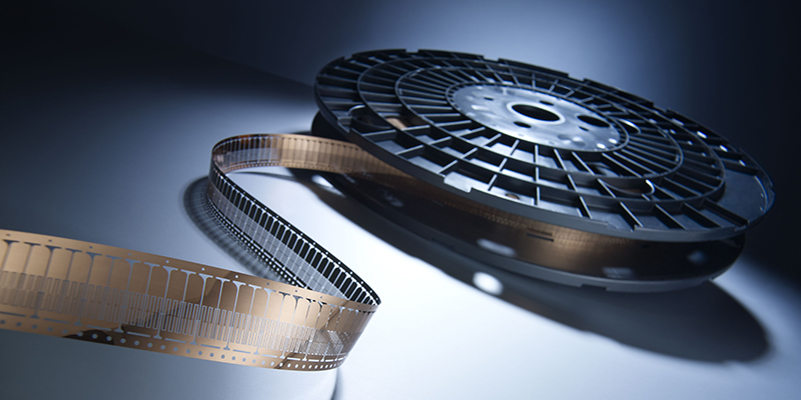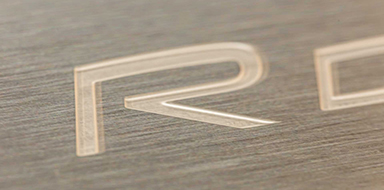
Composite material
Whenever a single material cannot fulfill the required properties, clad materials are used. In this way, the positive functions of the respective metal can be combined. In cladding, at least two different metallic strips are combined to form a composite material. The materials run in parallel from the respective coil into the rolling mill, where they are joined together by high rolling pressure, depending on the metal and material properties.
The result is a metal composite with completely new, unique properties..
clad materials/aluminum cladding
clad materials/copper cladding
Etched clad materials and copper claddings
Composite materials have the advantage of combining the advantages of a wide variety of materials in a tailor-made way. A variety of combinations, also in several layers and several materials, e.g. SigmaClad (Ni/stainless steel/Cu/stainless steel/Ni) are possible:
Sigmaclad60_Wickeder Westfalenstahl.
Composite material of stainless steel and copper combines the conductivity of copper with the strength of steel.
Advantages of etchable clad materials (e.g. stainless steel - copper)
- Strength increase compared to copper
- Lower specific weight than copper
- Ferromagnetic properties
- Improved electrical conductivity
- Improved thermal conductivity
- Improved solderability
- Improved corrosion protection
- Decorative appearance


Typical applications for Clad materials
- Filters, screens, grids, springs, joints and membranes
- Interior trim for cars
- EMI/RFI shielding
- Microneedles, blades, lancets, surgical instruments
- Fuel cell plates, bipolar plates,...